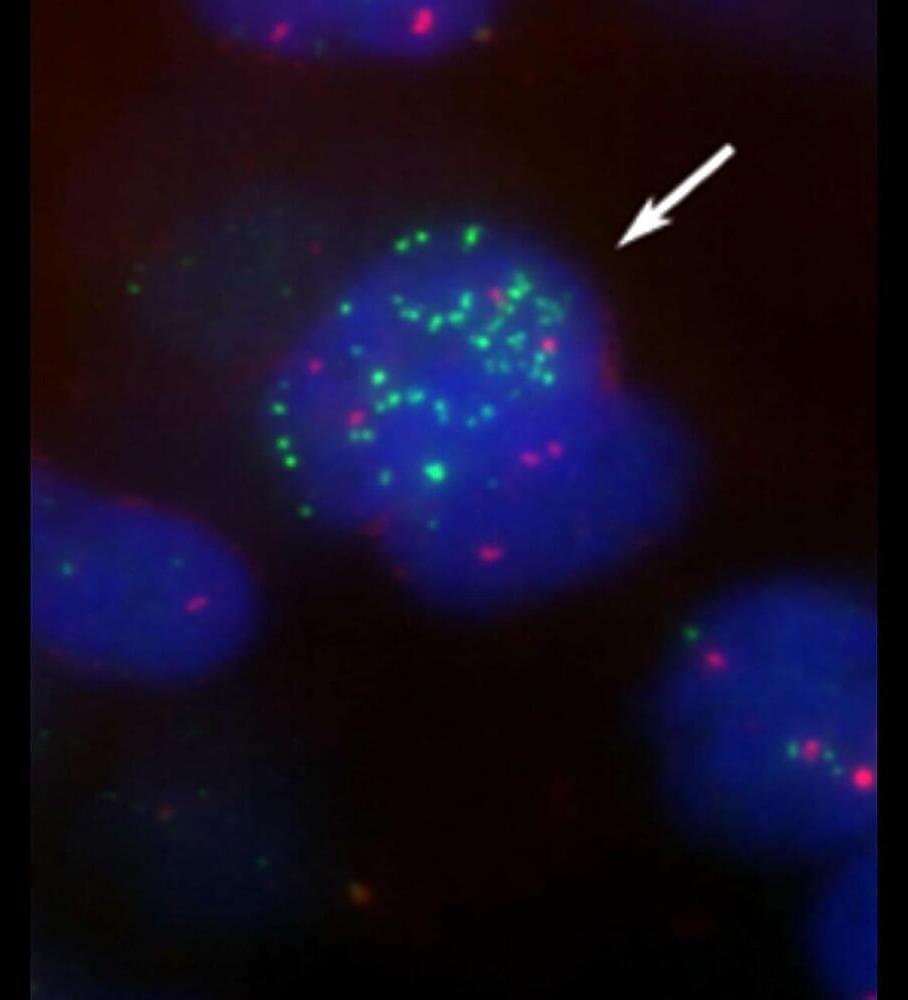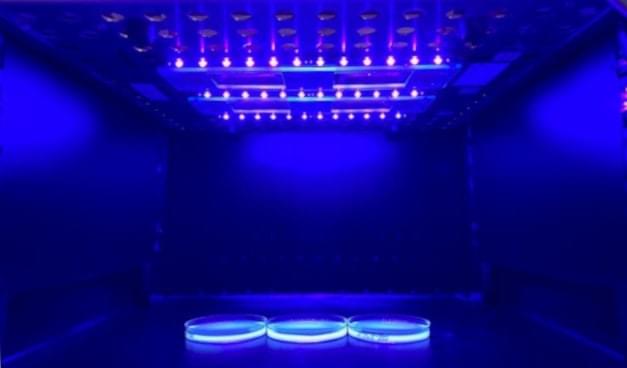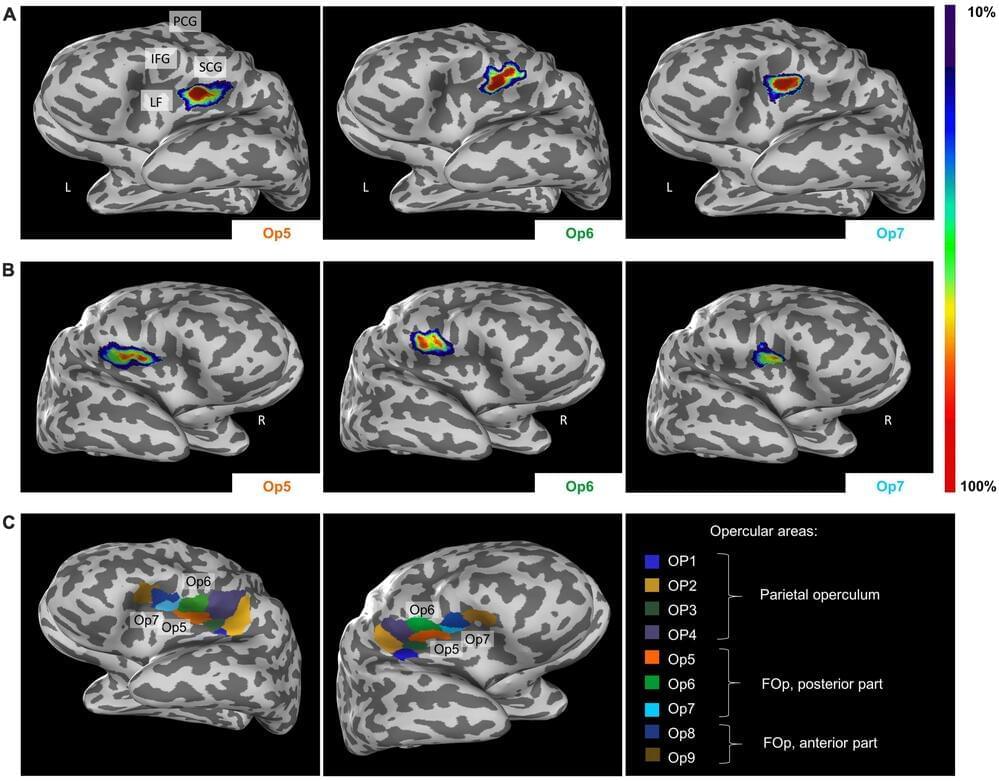Scientists at St. Anna Children’s Cancer Research Institute and the Eberhard Karls University of Tübingen have shown that immunotherapy after stem cell transplantation effectively combats certain nerve tumors in children. Crucially, stem cells from a parent provide children with a new immune system that responds much better to immunotherapies. These results of an early clinical trial were published in the prestigious Journal of Clinical Oncology.
Childhood tumors of the nervous system, known as neuroblastomas, are associated with an unfavorable prognosis if the tumor is classified as a high-risk type. The chances are particularly poor for patients in the relapsed stage. In this case, immunotherapy following stem cell transplantation is now associated with long-term survival in a substantial proportion of the patients included in a recent study. Compared to an earlier study the survival rate was increased.
“After the transplantation of stem cells from a parent, the patients are equipped with a new immune system. This enables a better immune response to the subsequent immunotherapy and clearly improves the outcome,” explains Prof. Ruth Ladenstein, MD, head of the Studies & Statistics group for Integrated Research and Projects (S2IRP) at St. Anna Children’s Cancer Research Institute and professor at the Department of Pediatrics and Adolescent Medicine at MedUni Vienna, who played a key role as co-first author.








